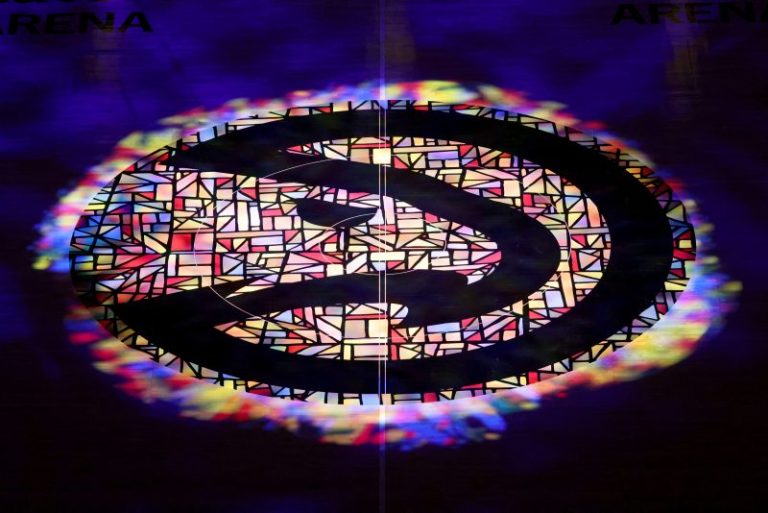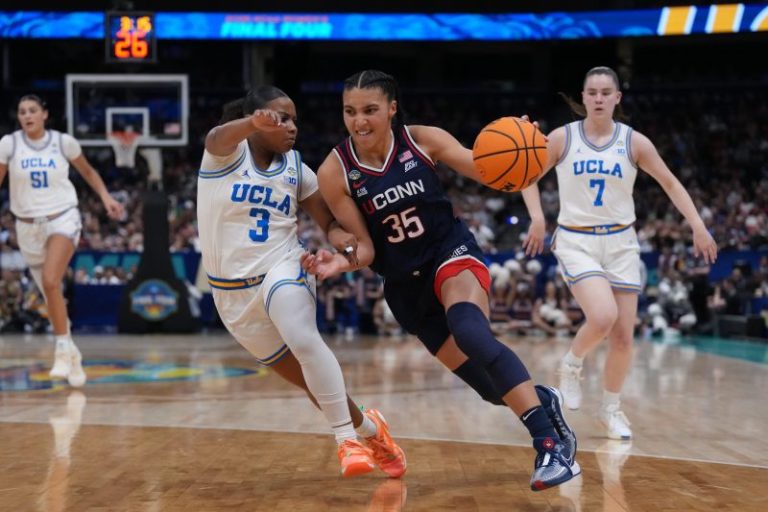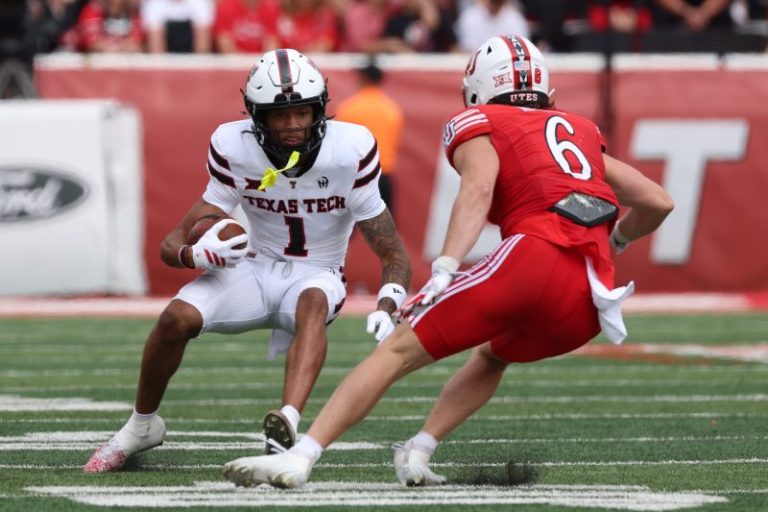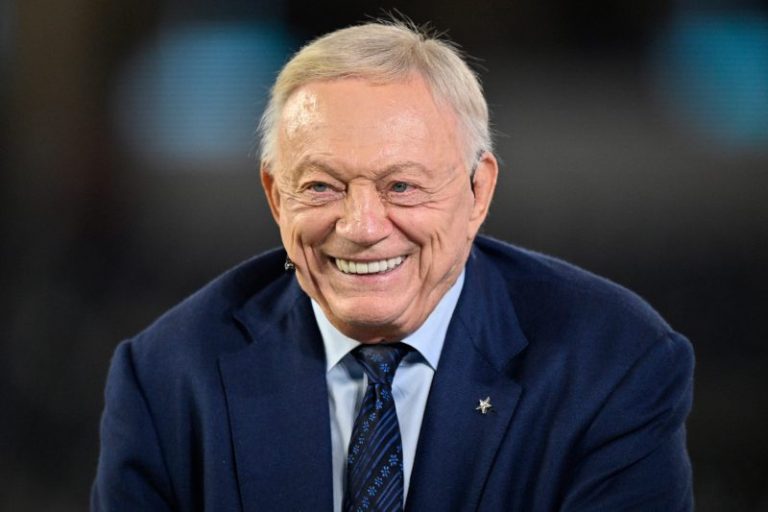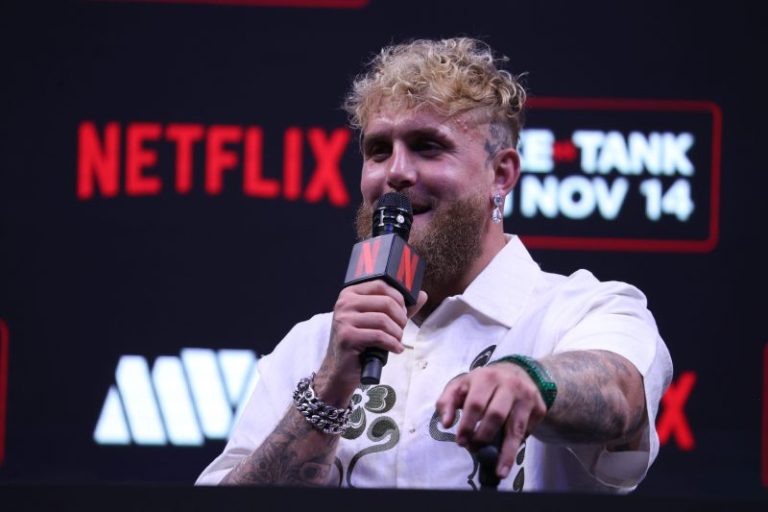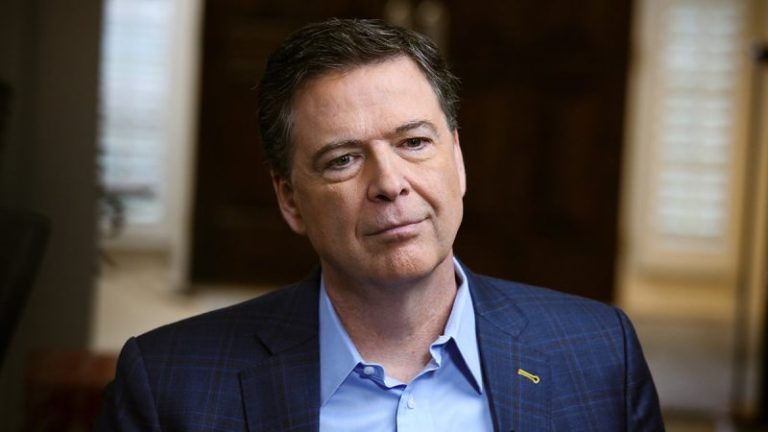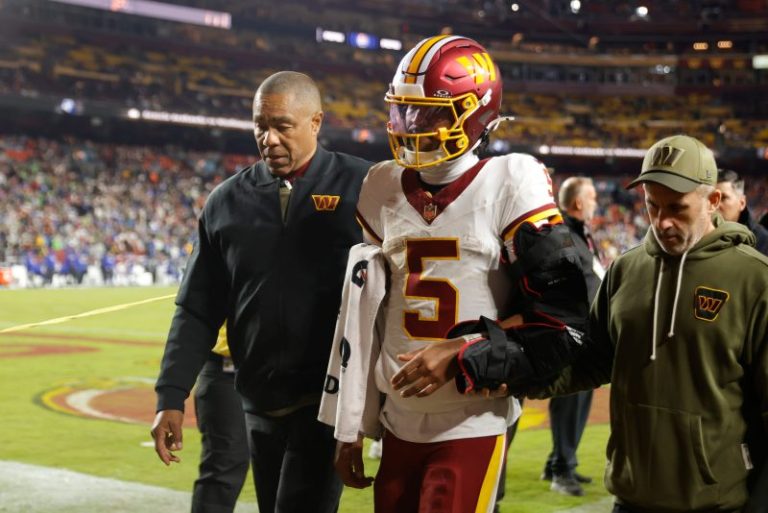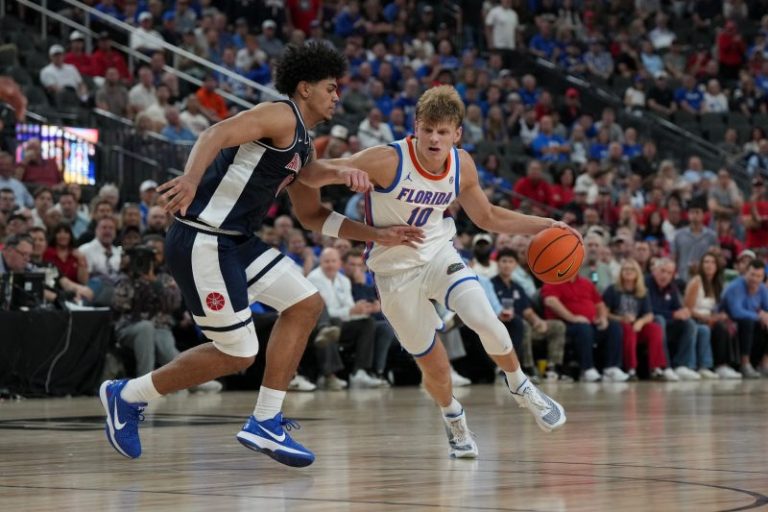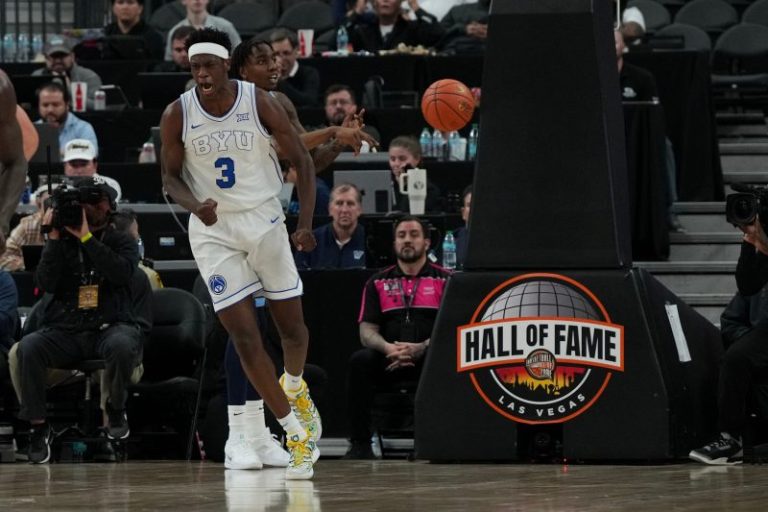The 2025-26 women’s college basketball season is upon us.
Less than seven months ago, Paige Bueckers led UConn to its first national championship since 2016 and earned the Wade Trophy and first-team All-American honors. Bueckers may have moved on to the WNBA, winning Rookie of the Year after being drafted first overall by the Dallas Wings, but the Huskies return senior Azzi Fudd and sophomore Sarah Strong and have high hopes for back-to-back titles.
Fudd and Strong are among 10 college basketball stars that deserve your attention as the women’s college basketball season gets underway. No. 1-ranked UConn opens the season against No. 19 Louisville on Tuesday (5:30 p.m. ET, ESPN).
It’s worth noting that USC guard Juju Watkins and South Carolina forward Chloe Kitts have been ruled out for the season due to injuries and are not on the list. Watkins said she’ll ‘sit out this season and fully focus on continuing to recover’ after suffering a torn right ACL in the second round of the NCAA tournament on March 24. Meanwhile, Kitts announced on Oct. 13 that she tore her right ACL at practice and will have surgery.
Azzi Fudd, UConn, Sr., G
2025 average: 13.6 points, 2.0 rebounds, 1.8 assists, 2.2 steals, 47.4 FG%, 43.6 3PT% (34 games)
A string of injuries has hindered Fudd’s career. She played a total of 17 games her sophomore and junior seasons because of knee injuries. Fudd hopes to pick up where she left off last season, helping the Huskies to their record 12th national title. Fudd was named the Most Outstanding Player in the championship game vs. South Carolina after recording 24 points and five rebounds, shooting 9-of-17 from the field. Fudd surpassed the 1,000-point threshold in the title game, her 76th career game. Fudd opted out of the 2025 WNBA draft to return to UConn for another season to develop her skills and unlock her full potential. Like her podcast name, teams will ‘Fudd Around and Find Out’ this season.
Lauren Betts, UCLA, Sr., C
2025 average: 20.2 points, 9.5 rebounds, 2.7 assists, 2.9 blocks, 64.8 FG% (34 games)
Flau’jae Johnson, LSU, Jr., G
2025 average: 18.6 points, 5.6 rebounds, 2.5 assists, 1.7 steals, 46.8 FG%, 38.3% 3PT (34 games)
Flau’jae Johnson has reached the Elite Eight in each of her three seasons under Kim Mulkey and won a national championship in 2023. Following the departure of Angel Reese in 2024, Johnson upped her average from 14.9 points per game to a career-high 18.6 points last season. She reached double-digits in three of LSU’s four NCAA Tournament games last season, including a career-high 28-point performance (24 came in the second half) against UCLA in their Elite Eight loss. Johnson will pair up with Mikaylah Williams and MiLaysia Fulwiley, who transferred from South Carolina, with hopes of contending for another championship.
Hannah Hidalgo, Notre Dame, Jr., G
2025 average: 23.8 points, 5.0 rebounds, 3.6 assists, 3.7 steals, 46.3 FG%, 40% 3PT (32 games)
It’s hard to believe Hannah Hidalgo is only a junior after all she’s accomplished in her first two seasons at Notre Dame. Hidalgo is the fourth player in NCAA college women’s basketball history to be named an AP first-team All-American in her freshman and sophomore seasons, joining JuJu Watkins, Maya Moore and Courtney Paris. Hidalgo recorded back-to-back seasons with 700 or more points (only Arike Ogunbowale has done so at Notre Dame) and 100 or more steals. She also became the fastest player in program history to reach 1,000 career points and was named the ACC Player of the Year and ACC Defensive Player of the Year.
Audi Crooks, Iowa State, Jr., C
2025 average: 23.4 points, 7.5 rebounds, 1.5 assists, 0.7 blocks, 60.5 FG% (35 games)
Audi Crooks announced herself to the world by dropping a career-high 40 points in the 2024 NCAA tournament vs. Maryland, shooting a staggering 18-of-20 from the field. Crooks continued that momentum into her sophomore season, where she not only led the Big 12 in scoring, but efficiency and field goal percentage. Crooks reached double digits in every game last season and led the nation in made field goals (329). She broke Iowa State’s single-season records for points (820) and field goals. Crooks earned AP and USBWA third-team All-American honors and she was named the Big 12 Preseason Player of the Year.
Sarah Strong, UConn, So., F
2025 average: 16.4 points, 8.9 rebounds, 3.6 assists, 2.3 steals, 58.6 FG%, 33.8 3PT% (40 games)
Sarah Strong’s freshman campaign was true to her last name as she was named an AP second-team All-American and WBCA Freshman of the Year after setting multiple records. Strong dominated with a 24-point, 15-rebound double-double in UConn’s title win over South Carolina, marking her fourth double-double of March Madness. She holds the record for most points in an NCAA Tournament by a freshman (114). ‘There are players that play four years and don’t get as much done as she did this year,’ coach Geno Auriemma said after the title game.
Olivia Miles, TCU, Sr., G
2025 average: 15.4 points, 5.6 rebounds, 5.8 assists, 1.4 steals, 48.3 FG%, 40.6% 3PT (34 games)
Olivia Miles was projected to be the No. 2 pick in the 2025 WNBA draft, but surprised some by entering the transfer portal. TCU snagged Miles, arguably the best playmaker and passer in the country, following the program’s first Elite Eight appearance. Miles is coming off an impressive season at Notre Dame after sitting out all of 2023-24 with a knee injury. She posted a 20-point triple-double in her return and teamed up with Hannah Hidalgo to form the best backcourt duo in the country. Miles raised her 3-point average from 22.8% in 2022-23 to a career-high 40.6% last season and was the only player in the nation to average 15-5-5 while shooting 40% or higher beyond the arc. There are high hopes for her at TCU — she was voted Big 12’s Preseason Newcomer of the Year.
Madison Booker, Texas, Jr., F
2025 average: 16.0 points, 6.6 rebounds, 2.6 assists, 1.6 steals, 46.1 FG%, 40.3% 3PT (39 games)
SEC Player of the Year Madison Booker is a certified bucket and scored double-digit points in 32 of 38 games last season. She scored 20 or more points in 14 of those games. Booker led Texas to a program-high 35 wins and its first Final Four appearance since 2003. Booker earned first-team All-American honors as a result and, for the second consecutive year, won the Cheryl Miller Award, which is awarded to the best small forward in the country. Booker will team up with Rori Harmon in hopes of running it back.
Ta’Niya Latson, South Carolina, Sr., G
2025 average: 25.2 points, 4.6 rebounds, 4.6 assists, 2.2 steals, 45.1% FG, 34.3% 3PT (29 games)
Latson is coming off a breakout junior campaign at Florida State, where she set career highs in points, rebounds, assists and steals. Latson led the nation in scoring and powered the Seminoles to the highest scoring offense in the country (86.9 ppg). She became the third player in ACC history to hit 2,000 points in their first three seasons. After Florida State had another early exit in the 2025 NCAA Tournament, Latson entered the transfer portal and landed with SEC powerhouse South Carolina. The Gamecocks will benefit from Latson’s offensive production after losing starting guards Bree Hall and Te-Hina Paopao to graduation and MiLaysia Fulwiley (LSU) to the transfer portal.
Mikayla Blakes, Vanderbilt, So., G
2025 average: 23.3 points, 3.4 rebounds, 3.2 assists, 2.4 steals, 45.6 FG%, 34.2% 3PT (32 games)
The USA TODAY app gets you to the heart of the news — fast. Download for award-winning coverage, crosswords, audio storytelling, the eNewspaper and more.
This post appeared first on USA TODAY

